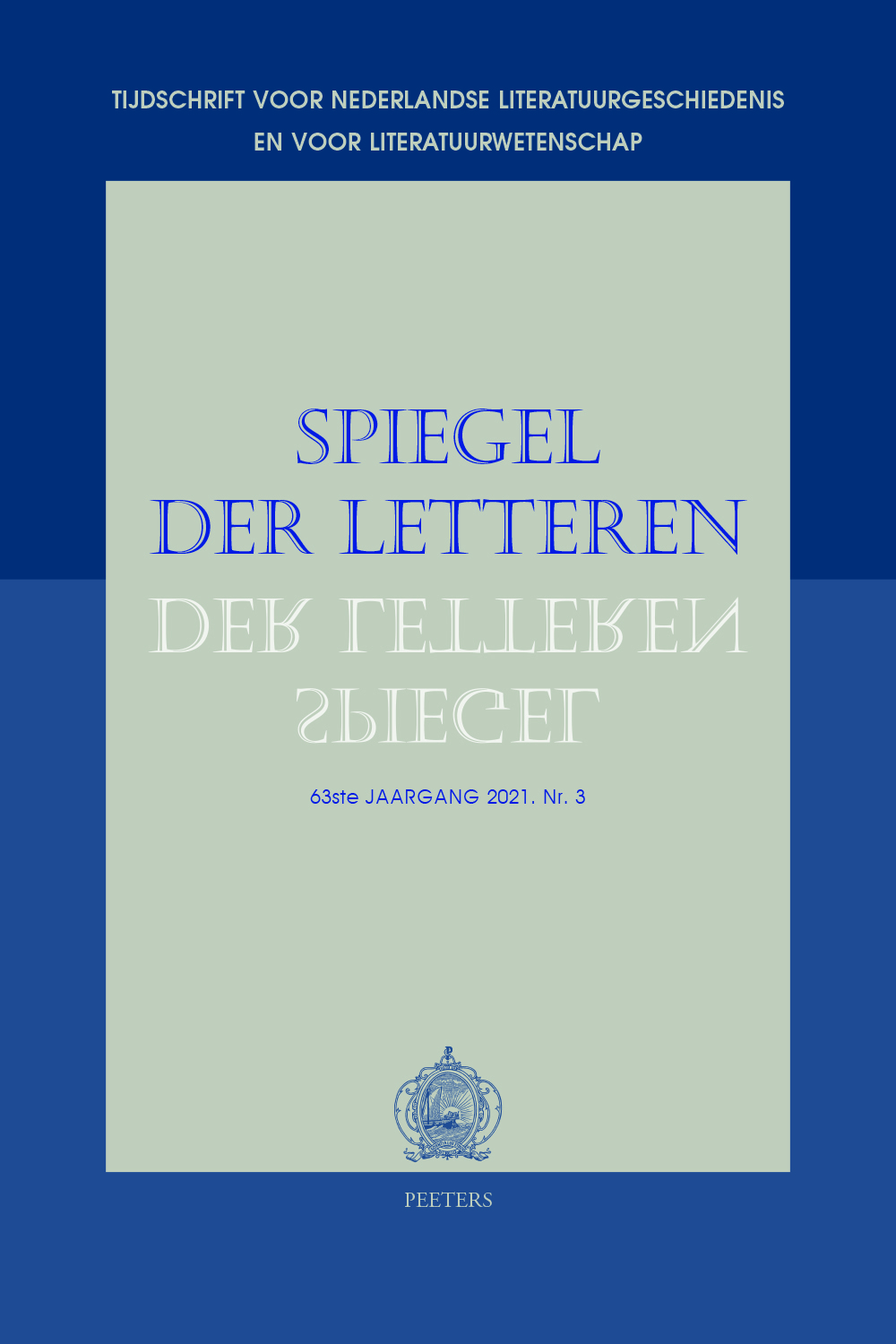 previous article in this issue previous article in this issue | next article in this issue  |

Preview first page |
Document Details : Title: Intersystemische relaties tussen historische romans en orale verhaalcultuur Subtitle: De rol van motiefchronotopen Author(s): BEMONG, Nele Journal: Spiegel der Letteren Volume: 52 Issue: 1 Date: 2010 Pages: 31-56 DOI: 10.2143/SDL.52.1.2045868 Abstract : This contribution analyses a number of chronotopic motifs in Flemish nineteenth-century historical novels, namely the street, the square, the castle or its ruins, and the haunted house. These chronotopic motifs act as ‘places’ (both in a spatial and a textual sense) installing intersystemic relations with the oral culture of storytelling. They are places permeated by folk tales and legends, and filled with echoes of voices from the past. In the 1830s and 1840s these chronotopic motifs are especially intended for the introduction of a type of intertext – traditional oral culture – that is recognizable to the illiterate Flemish; thus, they help the democratisation of the reading public. In the course of the nineteenth century they receive other, and more divergent functions, such as the preservation of a disappearing traditional culture on the one hand, and the fighting of superstition on the other. |
|


